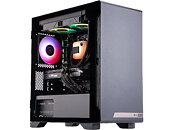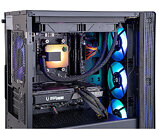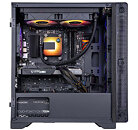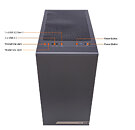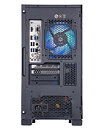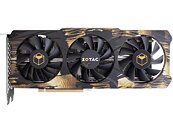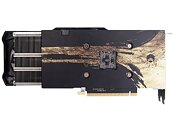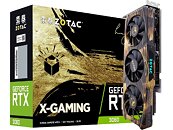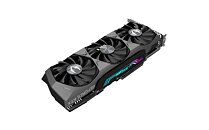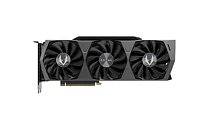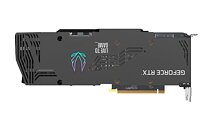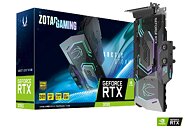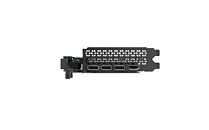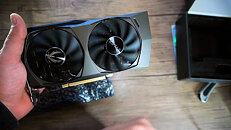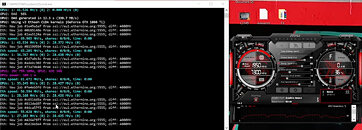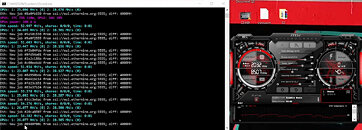
ZOTAC Debuts ZBOX Edge MI351, First Slimline Mini PC to Pack N100/Alder Lake-N Chipset
Introducing the ZBOX Edge MI351, a compact low-profile mini PC that delivers the essential performance for everyday computing at home, office, or business. With its included VESA mounting bracket, the MI351 provides the flexibility needed to mount the system nearly anywhere. Powerful at its thinnest - At only 28 mm (1.12 inches) thin, the ZBOX Edge MI351 provides the performance while leaving a lot desk space left to use. Despite its compact size, the ZBOX Edge MI351 comes equipped with a versatile array of ports to take on a wide range of connectivity and add-ons.
PERFORMANCE OVER THE EDGE
Featuring an Intel N-Series (formerly Alder Lake-N) Processor and fast DDR5 memory support, the ZBOX Edge MI351 is responsive to everyday tasks, and its low power draw makes it a perfect gateway to power anything from IoT-enabled applications and POS systems to home theaters.
PERFORMANCE OVER THE EDGE
Featuring an Intel N-Series (formerly Alder Lake-N) Processor and fast DDR5 memory support, the ZBOX Edge MI351 is responsive to everyday tasks, and its low power draw makes it a perfect gateway to power anything from IoT-enabled applications and POS systems to home theaters.






















































